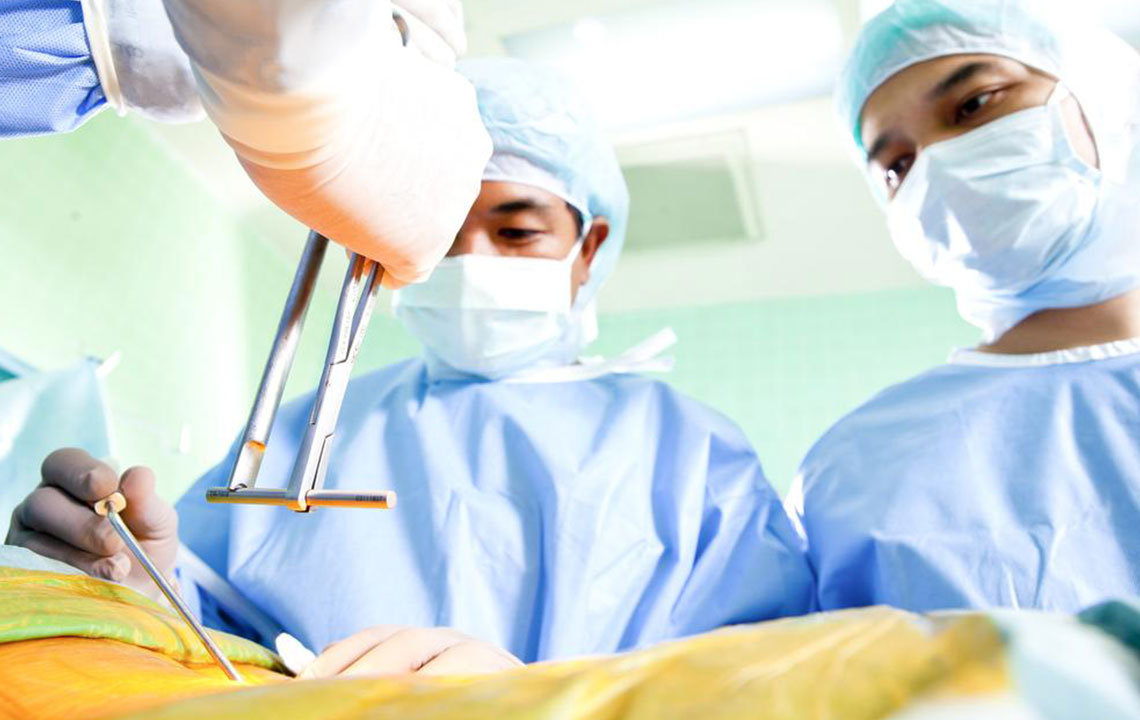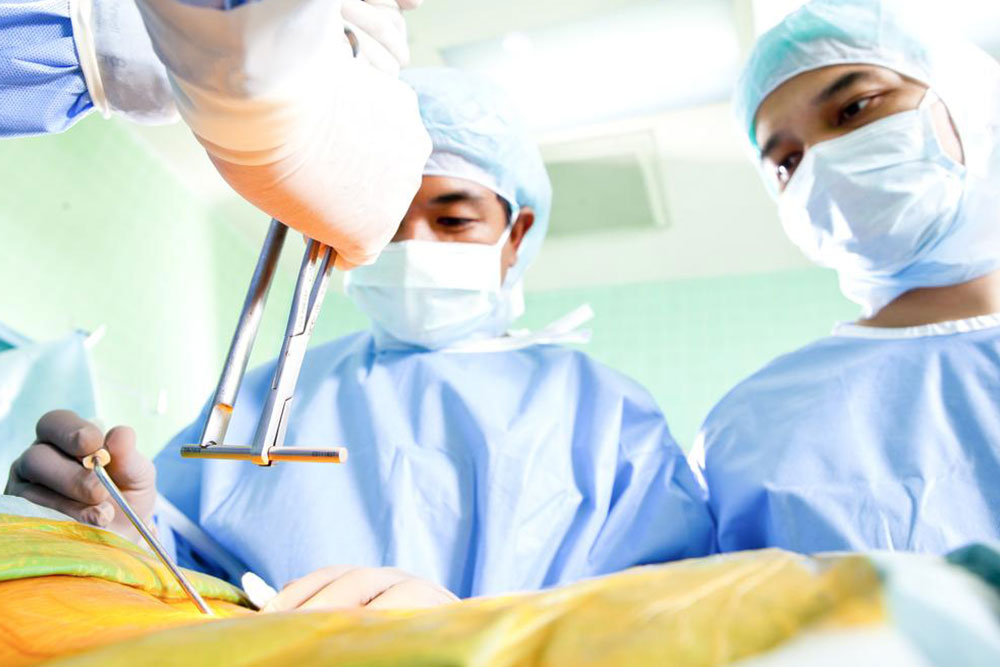Understanding Scoliosis: Symptoms and Treatment Options
Learn about scoliosis, its signs, and effective treatment options. Early detection through symptoms like uneven shoulders and back pain is vital. Treatment includes bracing in mild cases and surgery for severe curves, with regular monitoring for children. Consulting a specialist ensures the best course of action to prevent complication risks.

Scoliosis refers to an abnormal sideways curvature of the spine, forming a C or S shape. Normally, the spine has slight curves at the shoulders and lower back, but noticeable deviation indicates scoliosis. Causes include genetic factors, congenital conditions, or neurological issues, often developing during growth spurts like puberty.
Signs of Scoliosis
The severity of symptoms depends on the degree of spinal curvature. Common signs include uneven shoulders, prominent shoulder blades, uneven hips, spinal rotation, back pain, and restricted lung function due to chest compression.
Unequal shoulder levels
One shoulder blade appears higher
Visible protrusion of one shoulder blade
Spinal rotation observable over time
Persistent back discomfort
Breathing difficulties from chest constriction
Asymmetrical hips
If these symptoms are noticed, seeing a healthcare professional promptly is essential. Early intervention helps prevent worsening and complications.
Management and Treatment
In children with mild curves, regular monitoring every 3 to 6 months may suffice as curves often stabilize during growth. More serious cases require active treatment options:
Bracing
Surgical correction
Braces
For moderate scoliosis, especially in growing children, braces are commonly recommended. These supportive devices prevent further curvature progression but do not reverse existing deformities. Made of lightweight plastic, braces can typically be worn during daily activities and for extended periods for maximum effectiveness. They are removed once growth ceases, indicated by stable height and curves.
Surgical Procedures
Severe scoliosis may necessitate surgery, primarily spinal fusion, to halt progression. This involves connecting compromised vertebrae with bone grafts, screws, hooks, or rods to straighten the spine and prevent further deformation. While generally safe, potential risks include infections, nerve injury, or bleeding. Rarely, additional procedures may be needed if fusion doesn't succeed.
Considerations for Treatment
Several factors influence treatment choices: the patient's gender (girls tend to have higher risk), curve severity and pattern, location, and skeletal maturity. Early diagnosis and tailored management are crucial for optimal outcomes.
Always consult a healthcare provider before starting any intervention for scoliosis to select the most appropriate approach.
Note: The information here is intended for educational purposes. It should not replace professional medical advice. The content may not include all available treatment options or current schemes. Always seek personalized guidance from qualified health practitioners.









